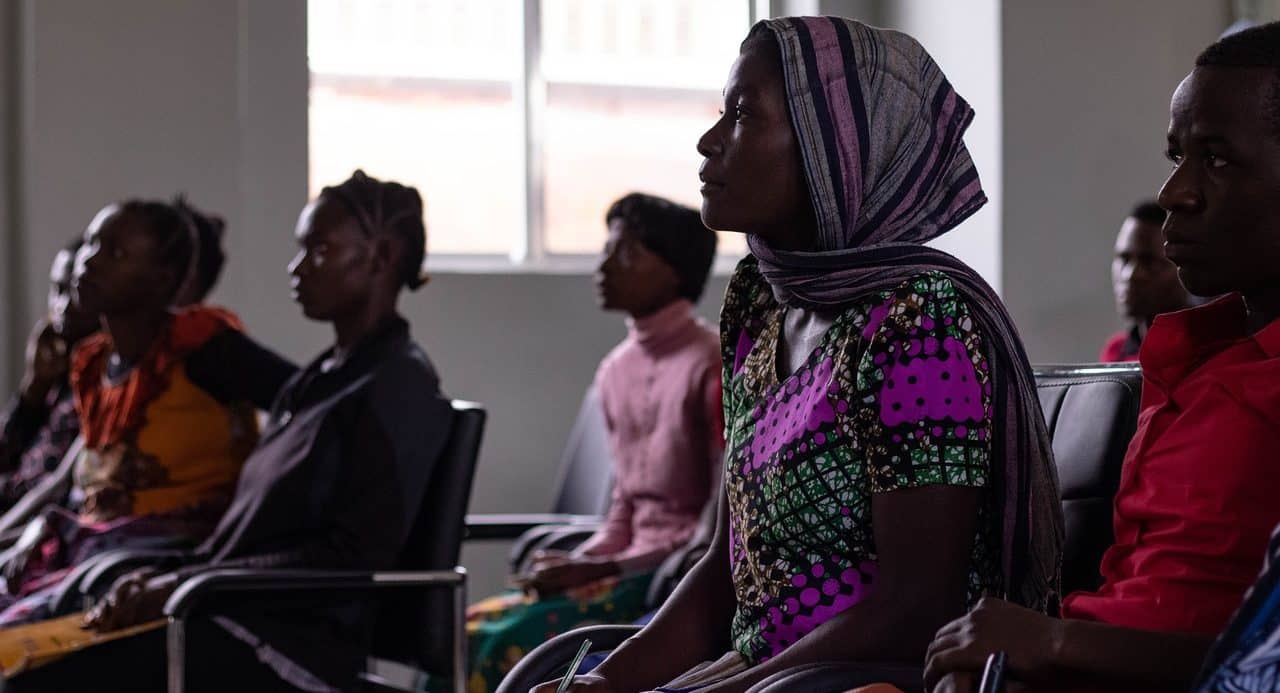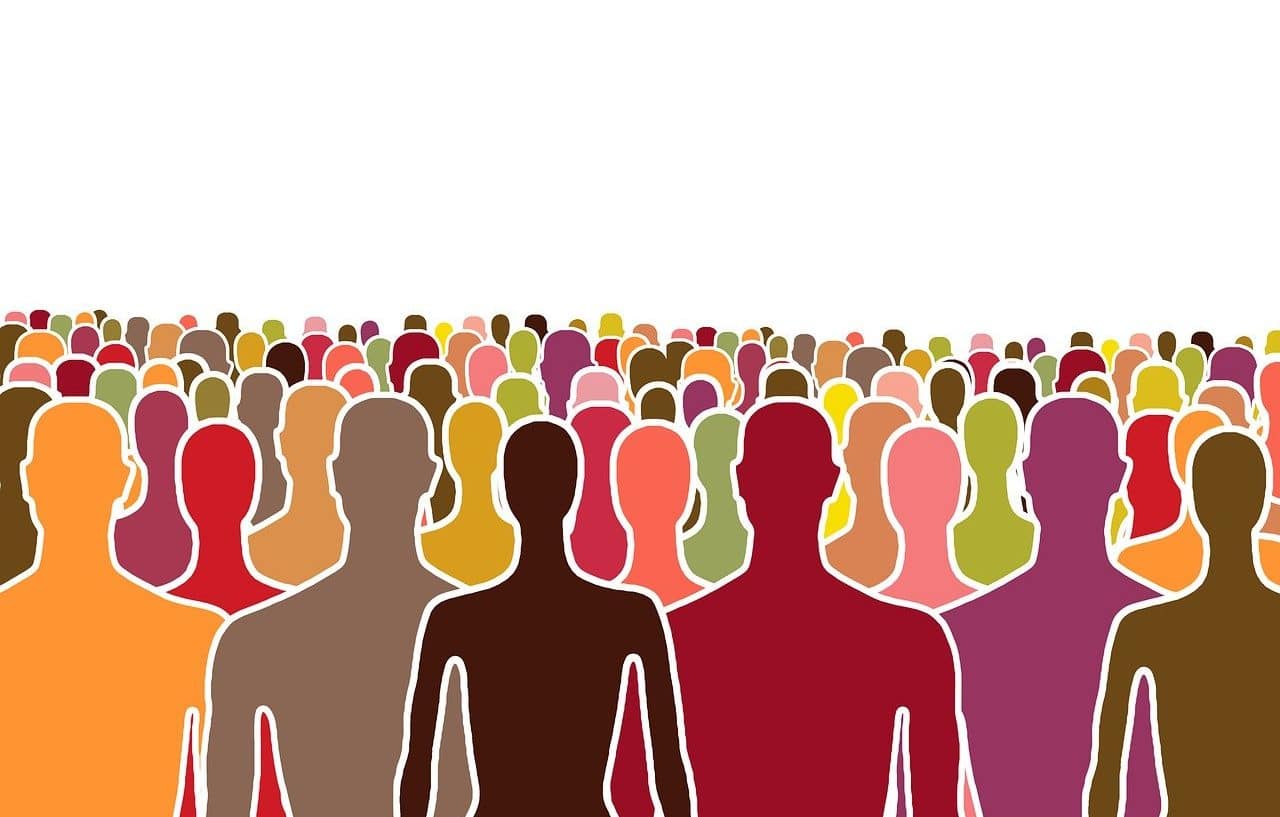
Intercultural education is part of the rights of indigenous peoples.
The rights of indigenous peoples are the powers that are recognized to indigenous communities . These powers allow the communities in question to develop with autonomy and respecting their traditions.
It is important to indicate that these are collective rights : this means that the subject of the right is not a person, but a group. Its purpose is to preserve the identity and interests of the group.
Before moving forward, it is essential to define what an indigenous people is . This is the name given to the population that is originally from the land it inhabits, having settled there before other ethnic groups or maintaining a presence so widespread and stable that the group can be considered native to the place. Generally these peoples pre-exist modern States and have been in their territory before the establishment of current political and administrative limits.
Declaration of the Rights of Indigenous Peoples
The United Nations Declaration on the Rights of Indigenous Peoples was adopted in 2007 through Resolution 61/295 . With Convention 107 and Convention 169 of the ILO (International Labor Organization) as background, it constitutes an example of the international community's commitment to the recognition of the identity and self-determination of these peoples.
UN declarations should be considered not to constitute international law because they are not coercive. However, they are often considered the foundations of legal norms. In this specific case, the document points to the recognition of ownership of ancestral territories and respect for traditional knowledge, traditions and customs of these communities, which throughout history have been victims of the violation of human rights .
These rights contemplate issues associated with indigenous culture, natural resource management, sustainable development and the political participation of aboriginal communities. The declaration included demands that indigenous activism and various social movements had been making for a long time.
It is important to indicate that this declaration was approved with the vote in favor of 143 UN member countries. There were 4 nations that voted against: the United States , Australia , New Zealand and Canada . Those who voted negatively put forward arguments such as the incompatibility of certain ancestral practices with modern laws and the impossibility of approving and applying legislation that does not concern all citizens.

Discrimination and racism are two scourges that threaten the rights of indigenous peoples.
About the concept
The rights of indigenous peoples are understood to be the laws of a nation that regulate the link between the government and respect for the self-determination of the native communities that reside within the limits of the State. The notion also refers, in international law , to the defense of the way of life of these ethnic groups against violations committed by companies or governments.
It cannot fail to be mentioned, on the other hand, that indigenous organizations appeal to this concept to refer to what they demand in terms of protection of sacred sites and cultural heritage , fight against mining and resource extraction, promotion of linguistic diversity. and defense of traditional agriculture, for example.
These specific rights arise from the existence of indigenous or native peoples who, at one point in history, suffered an invasion and were colonized . That is to say: there was a human settlement that inhabited a territory to which colonizers arrived, who attacked the traditions, language and ways of life of those invaded.
Precolonial communities that suffered occupation and colonization by foreign groups are usually considered indigenous peoples (as happened with the native populations of America when the Europeans arrived). The vindication of their rights supposes a recognition of their existence prior to the formation of modern States.

The recognition of the rights of indigenous peoples is linked to historical memory.
Examples of indigenous peoples' rights
We can find examples of the rights of indigenous peoples by analyzing the case of the Argentine Republic . The Constitution of the Nation grants recognition to the preexistence, both cultural and ethnic, of indigenous peoples . In this framework, it indicates the community possession of those lands that they traditionally inhabit.
At this point it must be emphasized that the territory is associated with the identity of these communities. Starting from this principle, the Argentine legal system is integrated into standards and mandates such as the ILO conventions, which the State of this South American country ratified.
The National Institute of Indigenous Affairs of Argentina recognizes the existence of more than 1,800 aboriginal peoples (Quechua, Guaraní, Wichí and Mapuche, among other ethnic groups). However, the constitutional recognition of their rights is often not reflected in reality.
Thus, Mapuche communities claim territories that are in the hands of landowners or that are even part of national parks. It should be noted that the link between these towns and the State varies according to the government in power. That is why the recognition as indigenous people that is granted to certain communities may even change .
This has led to the fact that, while one administration recognized the ancestral ownership of certain lands, another considered that said lands are being usurped. This situation occurred with Mapuche communities in Patagonia , even classified as "terrorists" by some sectors.
